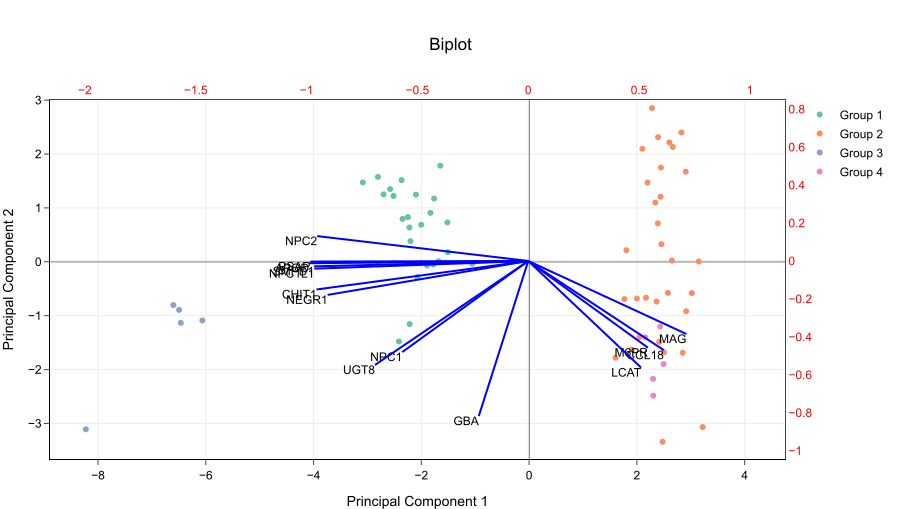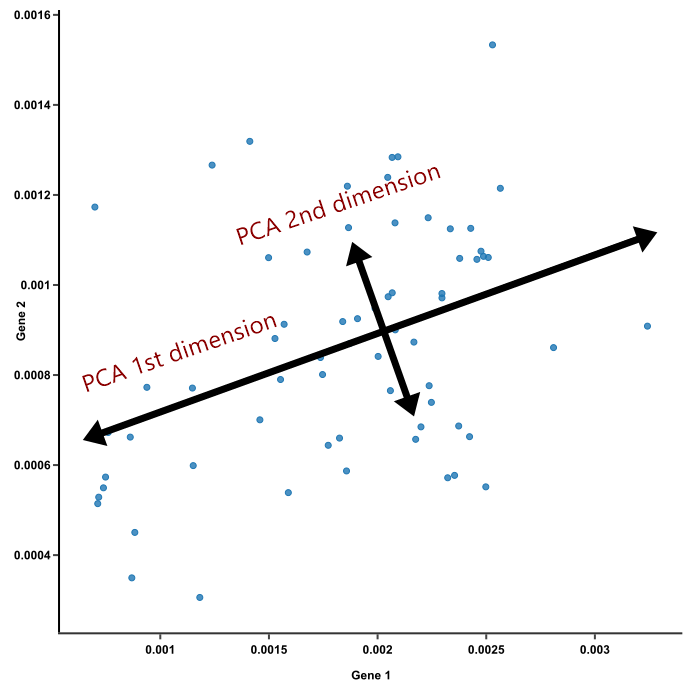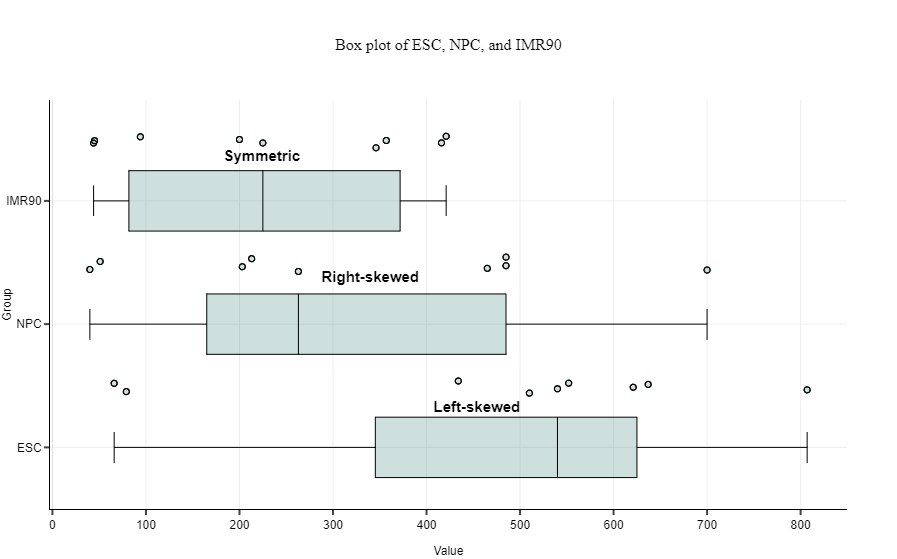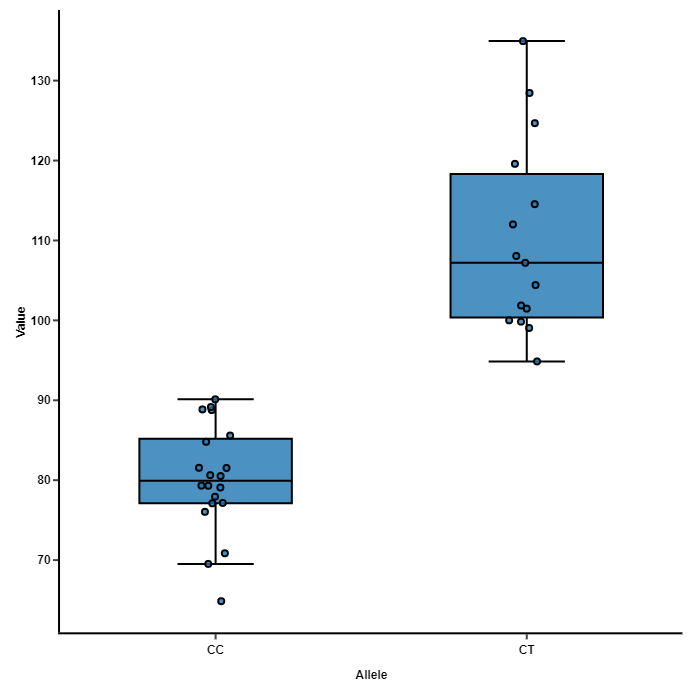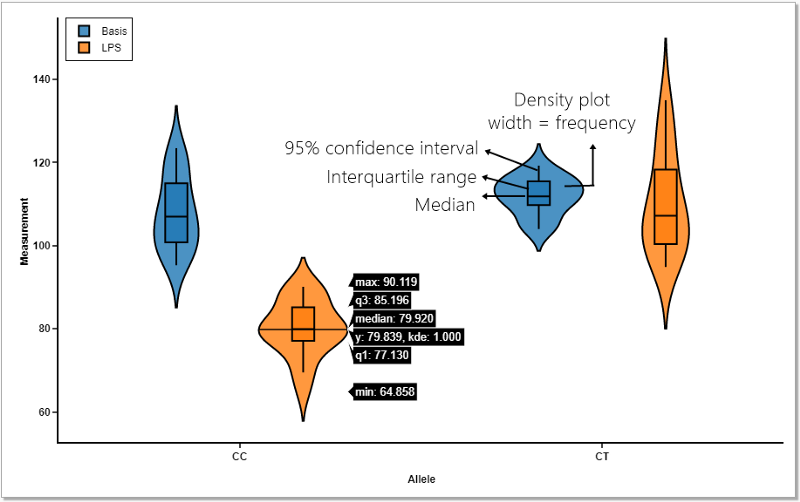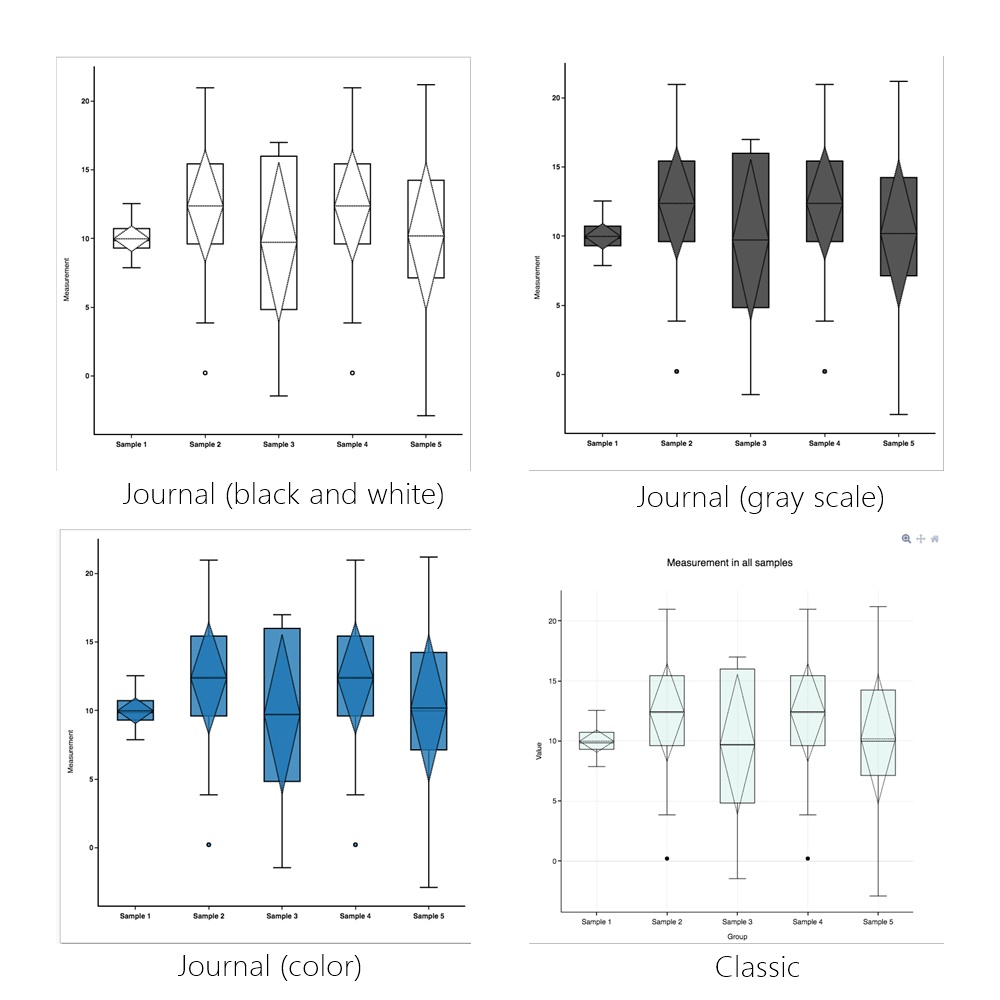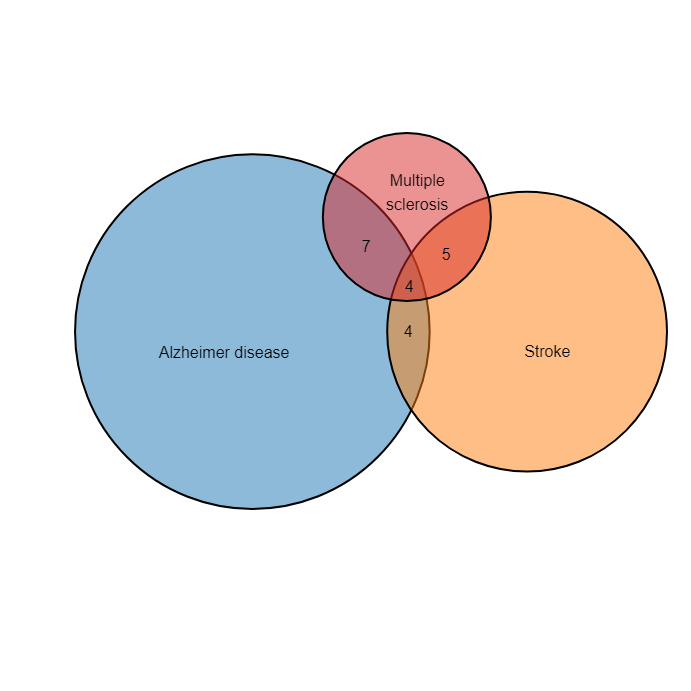A review of Haining Lab’s work: Loss of ADAR1 in tumors overcomes resistance to immune checkpoint blockade
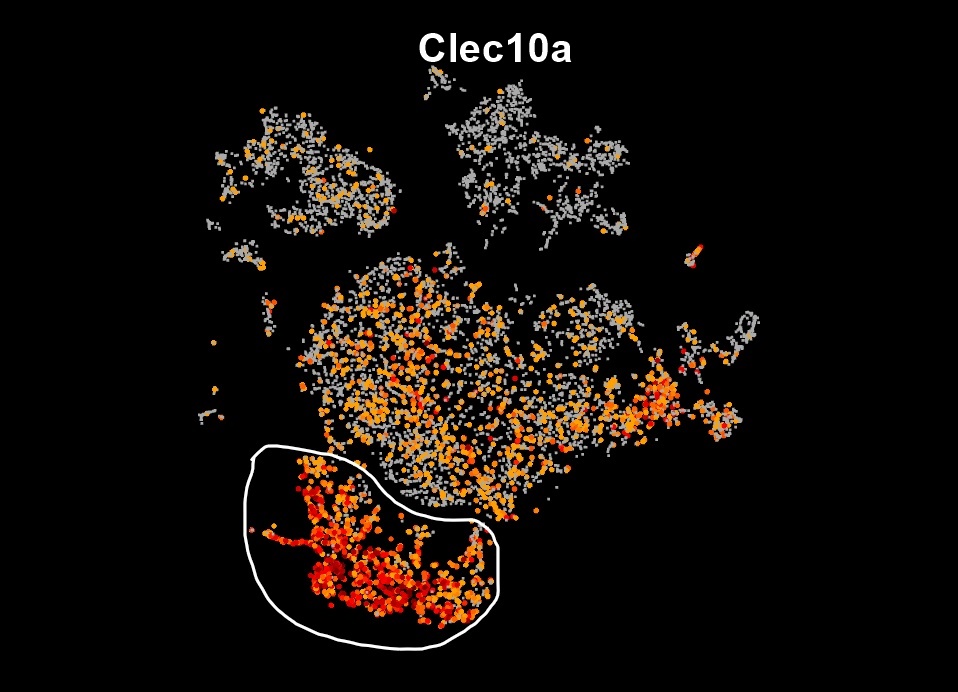
Ever questioned why the immune system does not attack our own double-stranded RNA? Speaking of this, we should not ignore the role of ADAR, the gene that encodes Double-stranded RNA-specific adenosine deaminase enzyme, responsible for converting adenosines to inosines (A -> I editing) in double-stranded RNA (dsRNA) substrates. ADAR was […]




